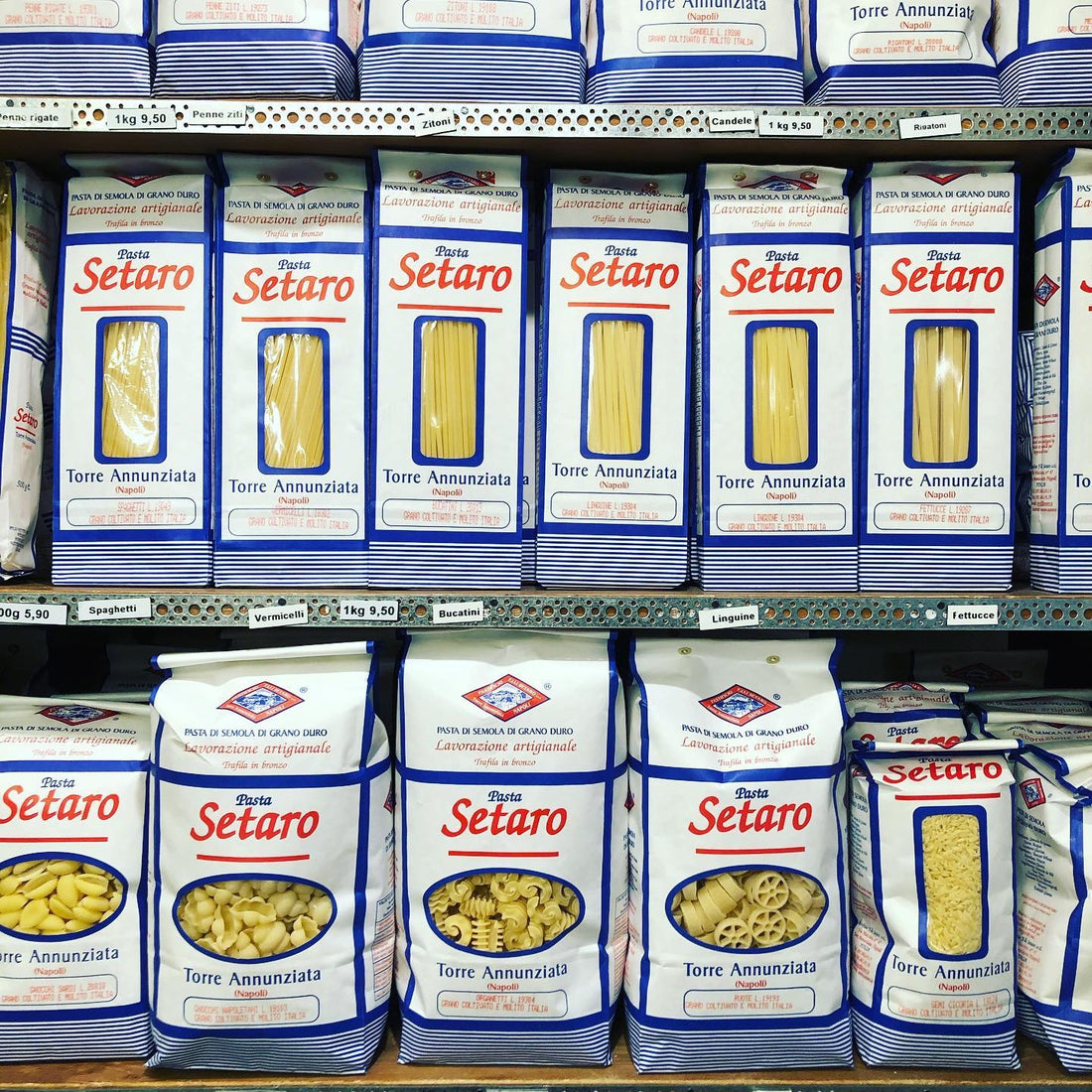Italian pasta is made in two different ways: with and without eggs. Pasta made with eggs and soft wheat flour is mainly a thing in Northern Italy, whereas pasta made exclusively from Durum wheat is common everywhere and the only pasta eaten further south.
There are three golden rules about pasta cooking: the first is that the larger the pot, the better the pasta; the second is that the boiling water should be as salty as the Mediterranean sea and the third that the pasta must never, ever be overcooked.
The salt contents of the Mediterranean is 38 g of salt per litre of water, which is perhaps a bit exaggerated, but in order to make tasty pasta you will need at least 10 g salt per litre of water. Be as generous with the salt as you dare - it does add taste. If you are nervous about salt in your diet, do remember that most of the salt stays in the water.
A good pot for boiling the pasta is 24 cm in diameter. These come in three different heights so the volume goes from 5 to 11 litres. An alternative for a small household is the 20 cm stockpot with a volume of 6,3 litres.
Bring the water to the boil, then add salt. When the water boils again add the pasta. Stir vigourysly so prevent it sticking. The time of cooking depends on the shape of the pasta and other factors such as the weather. So don't look at a watch: look at the pasta. You can see when it is almost ready by the way it moves in the water. When you think the time is approaching take one piece and cut it with a knife. When the solid white core of the pasta is just beginning to disappear completely the pasta will be al dente. Drain the pasta in a colander. If you want you can keep the plates in which you will serve the pasta under the colander; that way you will be able to serve the food in heated plates.
Toss the pasta from the colander into the pan with the sauce. Heat it up quickly if needed and serve immediately.
